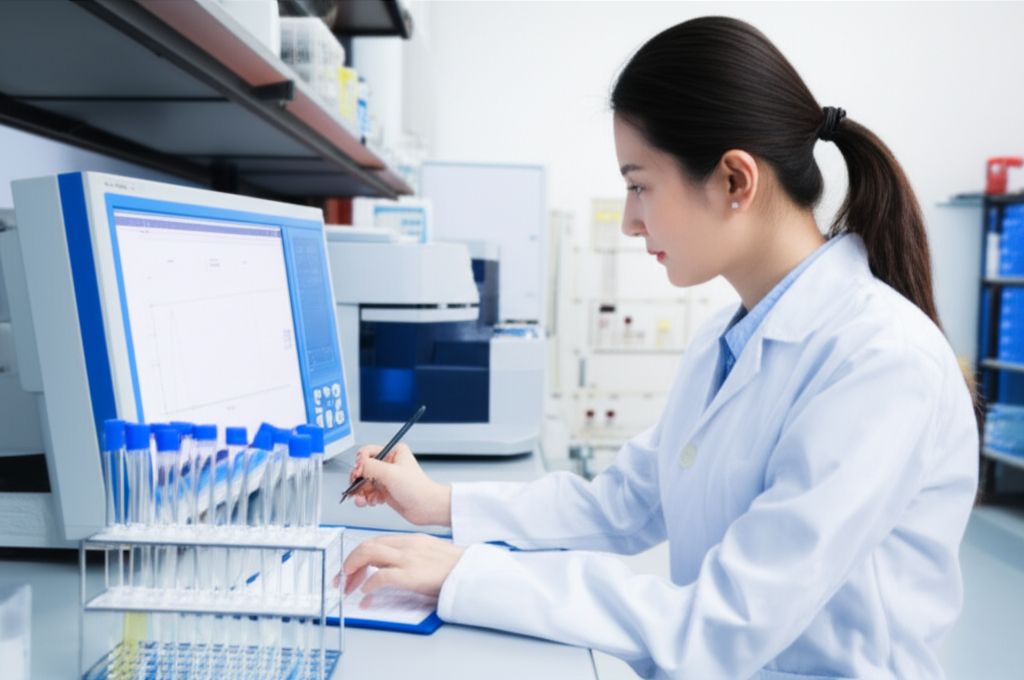A novel gas-phase synthesis technology for ethyl chloride (chloroethane) has been patented, marking a significant advancement in sustainable chemical production. This process eliminates the conventional use of aqueous hydrochloric acid (H3O+Cl- solutions) as a feedstock, instead utilizing gaseous ethanol and gaseous hydrogen chloride (HCl) directly within a specialized reactor. The innovation drastically lowers energy consumption and environmental impact compared to established methods.
Traditional ethyl chloride production, a crucial intermediate for anesthetics, pharmaceuticals, pesticides, and polymers, relies heavily on energy-intensive liquid-phase reactions. Conventional methods using 30wt% HCl introduce substantial water content. This necessitates immense steam for vaporization, creates large gas volumes requiring energy-intensive cooling/separation, and often suffers from low HCl conversion, leading to highly acidic (10+ wt% HCl) and voluminous waste streams.
The patented process overcomes these limitations. Liquid feedstock ethanol undergoes vaporization within a heat exchanger crucially powered by the waste heat recovered from the reactor's effluent gases. The resulting gaseous ethanol and gaseous HCl (pressures of 0.1-0.6 MPa) are introduced at a controlled velocity (0.5-50 m/s) into a dedicated vertical reactor via a gas distributor. They react within two consecutive catalytic zones.
Reaction Zone 1 operates as a bubble reaction zone. The feedstock gases bubble through and react within a hot (100-170°C), pressurized (0.1-0.5 MPa), liquid catalyst solution maintained in the reactor bottom. Catalyst solutions employ ZnCl2, FeCl2, MgCl2, AlCl3, or NiCl2, or mixtures thereof (e.g., 40-60 wt% solutions) providing high surface area contact and thermal regulation. Reaction times range from 3-30 seconds.
Partially reacted gases then ascend into Reaction Zone 2, a packed-bed contact reaction zone. Here, catalyst solution can optionally be continuously pumped and sprayed to enhance reaction completion. Reaction continues at similar temperatures and pressures for an additional 3-20 seconds. This two-stage design facilitates exceptionally high HCl single-pass conversion rates above 99%. Crucially, no significant external heating is needed beyond start-up due to the exothermic reaction and integrated heat recovery.
The reaction mixture then proceeds to a wash zone at the reactor top. Sprayed with condensed liquids or diluted acid generated in downstream purification, this step removes residual catalyst aerosols and traces of HCl. The scrubbed gas, now containing only 0.1-0.7 wt% HCl, exits the reactor and flows through the heat exchanger. Here, 99% of its thermal energy is transferred to vaporize the incoming ethanol feed.
Effluent gases then undergo final purification. Material challenges for handling HCl/H2O mixtures are addressed using specialized corrosion-resistant materials like graphite, silicon carbide, or tantalum for the primary heat exchanger. Pressure drops are meticulously controlled (<20 kPa on gas side, <50 kPa on ethanol side) to minimize energy consumption.

Industrial trials demonstrate transformative results. Energy consumption plummets by approximately 95%. Traditional liquid-phase HCl processes consume about 2.1 tons of steam per ton of ethyl chloride produced, whereas this gas-phase process eliminates this steam demand entirely during normal operation by recycling reaction heat. Waste water production is significantly reduced as gaseous HCl feedstock avoids introducing reaction water. Crucially, the generated dilute acids exhibit extremely low acid concentrations (0.3-1.0 wt% HCl), dramatically simplifying and lowering the cost of wastewater treatment compared to waste acids containing >10 wt% HCl from conventional processes.
Analysis of reactor effluent from test runs illustrates the process efficiency. It contains less than 0.4 wt% ethanol (often much lower) and only trace amounts of diethyl ether (< 0.005 wt%), alongside high-purity ethyl chloride and reaction water. This technology offers a continuous, scalable, energy-efficient, and environmentally superior method for industrial chlorinated hydrocarbon production, addressing key sustainability metrics in chemical manufacturing.
Manufacturing Facilities






Professional Export Experience
to Global Customers

1. 20 years of R&D, manufacturing and sales experience, serving customers in 60 countries and regions around the world;
2. Own R&D laboratory, pilot platform and large-scale production workshop, which can meet the audit requirements of global customers;
3. We can satisfy customers' perfect transition from small scale lab requirements (gram level) to commercialization requirements (hundred tons level).
A: We don't have Minimum Order Quantity, exact quantity should be provided before quotation for us to calculate the exact cost.
A: We don't provide free samples due to lots of request and expensive international courier's cost, we can deduct the sample charge after commercial order placed.
A: Our payment terms: Small or sample order: T/T IN ADVANCE. Commercial order: First order should be by T/T IN ADVANCE or L/C at sight, and following orders T/T 30~90days is acceptable subject to approval of credit application.